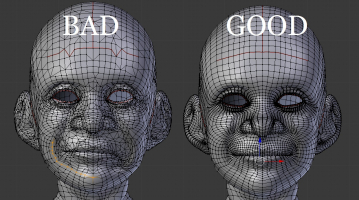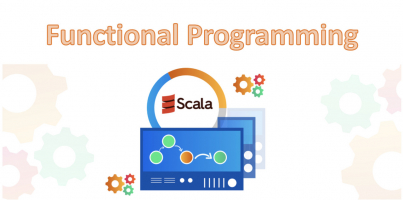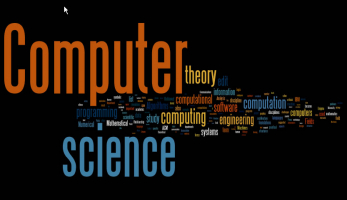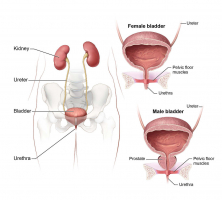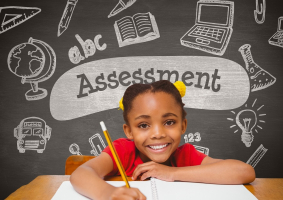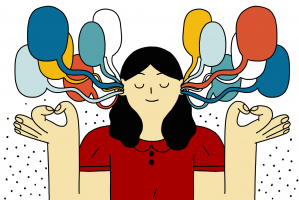Top 8 Best Books On Reading Comprehension
Have you ever noticed that when you read a certain passage, you don't understand it? How many times have you sat down to read a passage only to find yourselves ... read more...rereading a paragraph because nothing makes sense? This is an absurd occurrence because reading should imply comprehension, right? Although most of you believe this, reading something does not guarantee that you will understand what it means. Reading words as they appear and deriving meaning from them are two distinct processes. The following are the best books on reading comprehension you should read to improve your reading skill.
-
Jen Serravallo, author of best-selling books that support strategic reading through conferring, small groups, and assessment, receives emails almost daily asking, "Isn't there a book of the strategies themselves?" There is now.
Jen writes, "Strategies make the often invisible work of reading actionable and visible." She collects 300 strategies to share with readers in support of thirteen goals, ranging from fluency to literary analysis, in The Reading Strategies Book. Each strategy is linked to skills, genres, and Fountas & Pinnell reading levels to provide you with just-right instruction at the right time.
The important features:
- create objectives for each reader
- provide students with step-by-step strategies for skilled reading guide readers with strategies-aligned prompts
- modify instruction to meet the needs of each individual with Jen's Teaching Tips
- craft demonstrations and explanations in conjunction with her Lesson Language
- learn more about influential teacher-authors' work with Hat Tips.
The Reading Strategies Book will complement and extend your teaching, whether you use readers workshop, Daily 5/CAFE, guided reading, balanced reading, a core reading program, whole-class novels, or any other approach. You can rely on it to plan and deliver goal-directed, differentiated instruction to individuals, small groups, and entire classes.
Author: Jennifer Serravallo
Link to buy: https://www.amazon.com/Reading-Strategies-Book-Everything-Developing/dp/032507433X/
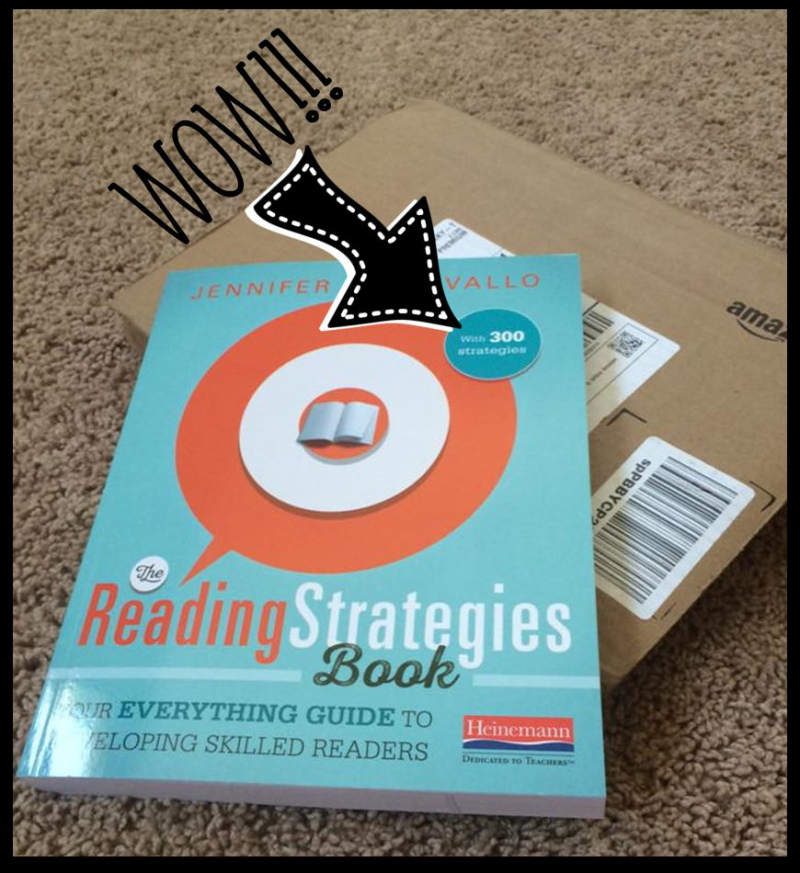
simplyliteracy.blogspot.com 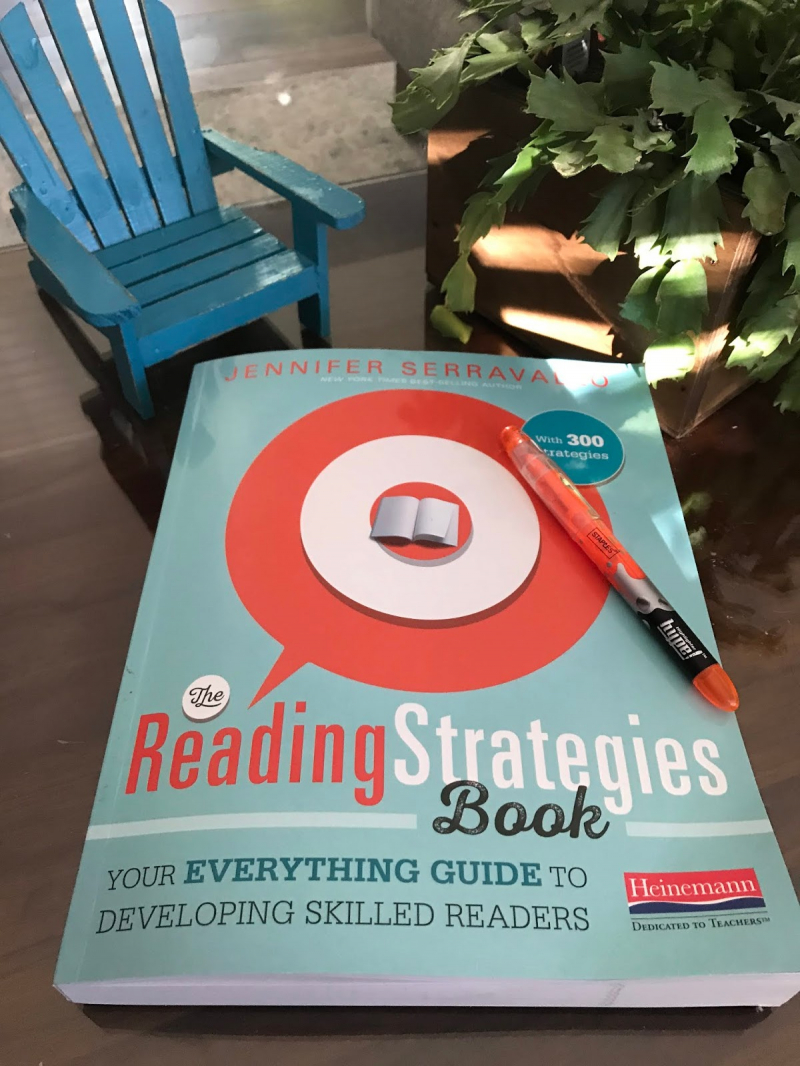
brightideasteacher.blogspot.com -
How to Read a Book, with 500,000 copies in print, is the best and most successful guide to reading comprehension for the general reader, completely rewritten and updated with new material. This book, first published in 1940, is a rare phenomenon, a living classic that introduces and elucidates the various levels of reading and how to achieve them—from elementary reading to systematic skimming and inspectional reading, and finally to speed reading. Readers will learn when and how to "judge a book by its cover," as well as how to examine it critically and extract the author's message from the text.
Instruction in the various techniques that work best for reading specific genres, such as practical books, imaginative literature, plays, poetry, history, science and mathematics, philosophy, and social science works, is also included. Finally, the authors provide a reading list and reading tests that you can use to track your own progress in reading skills, comprehension, and speed.
The important features:
- Discover how to pace your reading for maximum efficiency.
- Covers a wide range of difficulty levels, from basic reading to speed reading.
- Learn how to critically "X-ray" a piece of text to derive meaning from it.
- Includes a variety of techniques suitable for a variety of genres.
Author: Mortimer J. Adler and Charles Van Doren
Link to buy: https://www.amazon.com/How-Read-Book-Classic-Intelligent/dp/0671212095/
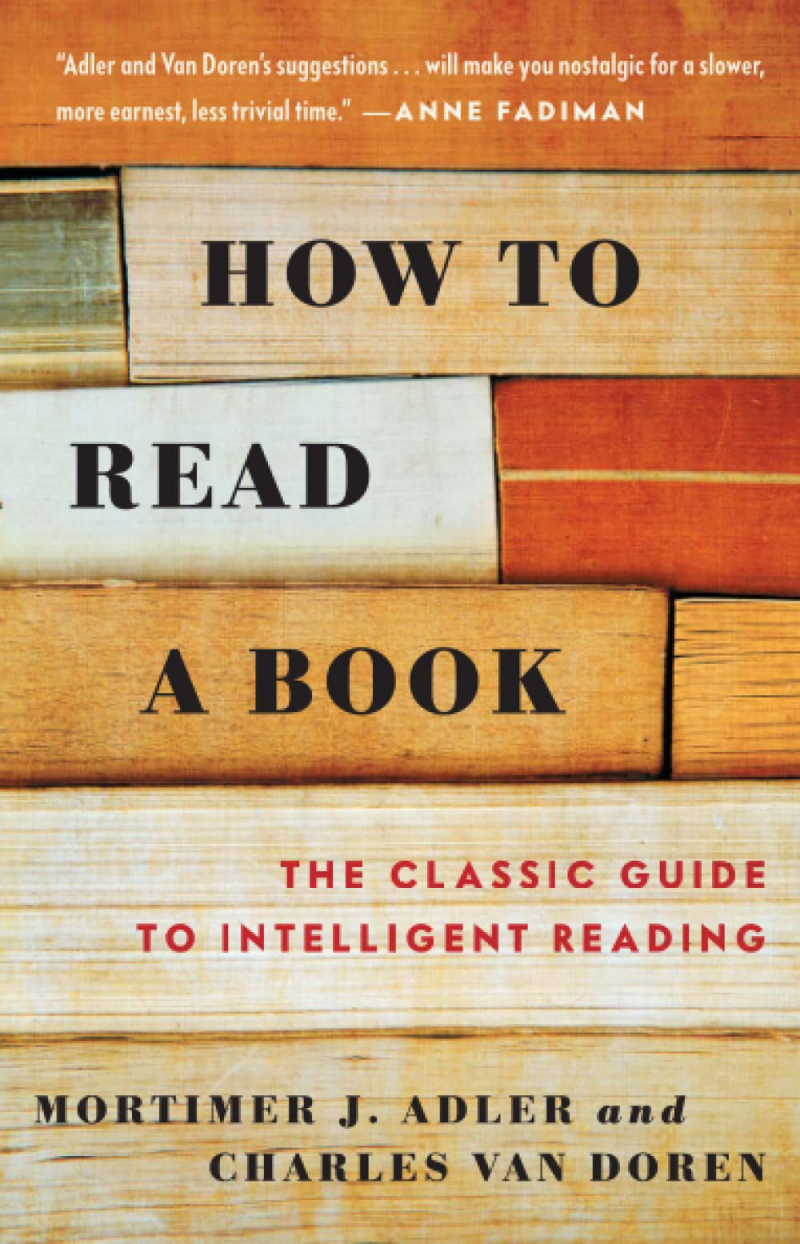
https://www.amazon.com/ 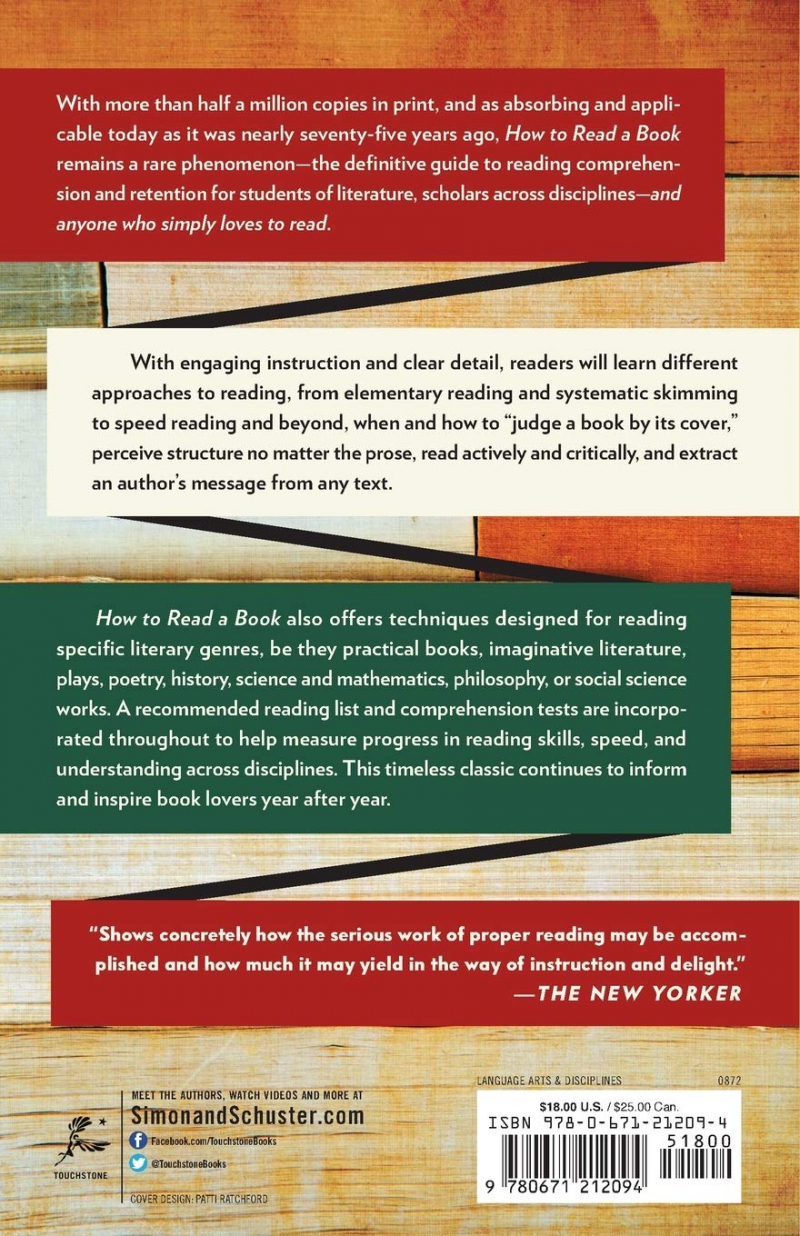
https://www.amazon.com/ -
Visualization abilities are essential for quick and efficient comprehension. Visualization Skills for Reading Comprehension quickly and efficiently develops this important skill. Visualizing is the ability to form mental images in your heads based on what you read or hear. It is one of the most important skills for reading comprehension.
Students who visualize while reading not only have a richer reading experience, but they can also remember what they have read for longer periods of time. Furthermore, having a strong mental image of a text allows students to answer Higher Order Thinking (HOT) questions more accurately and effectively, such as inferencing, prediction, and so on. Working on visualization skills should be high on your priority list if your learner struggles with reading comprehension.
Visualization Skills for Reading Comprehension is designed to help students quickly develop the ability to visualize information while reading. This fun, engaging workbook will help your struggling readers improve their ability and confidence in this important skill. The book is regarded as one of the best books on reading comprehension.
The important features:
- Improve your inference and prediction skills by visualizing written tests.
- Step-by-step activities for rapidly developing the ability to visualize information while reading.
- The difficulty is gradually increased.
- No-prep. There are no additional materials required. Worksheets are intended to be used in 'six-minute sessions.'
Author: Janine Toole PhD
Link to buy: https://www.amazon.com/Visualization-Reading-Comprehension-Six-Minute-Thinking/dp/1775285243
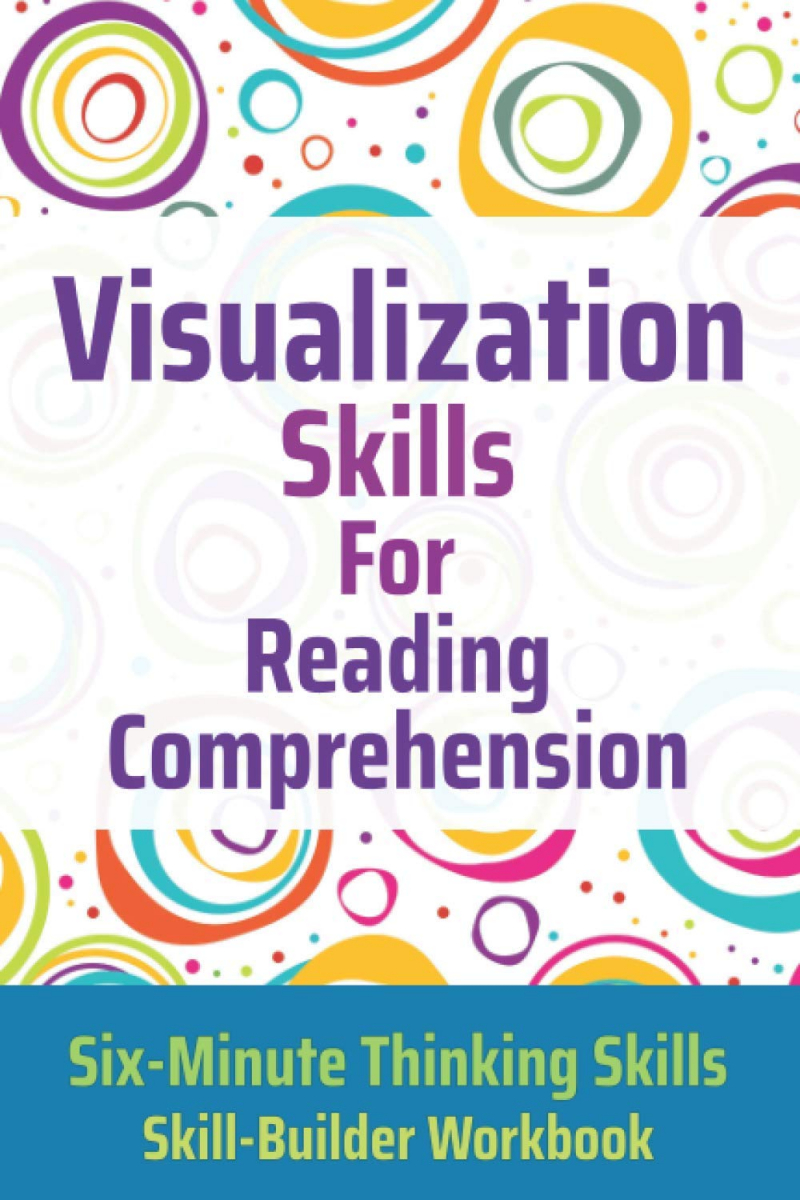
https://www.amazon.com/ 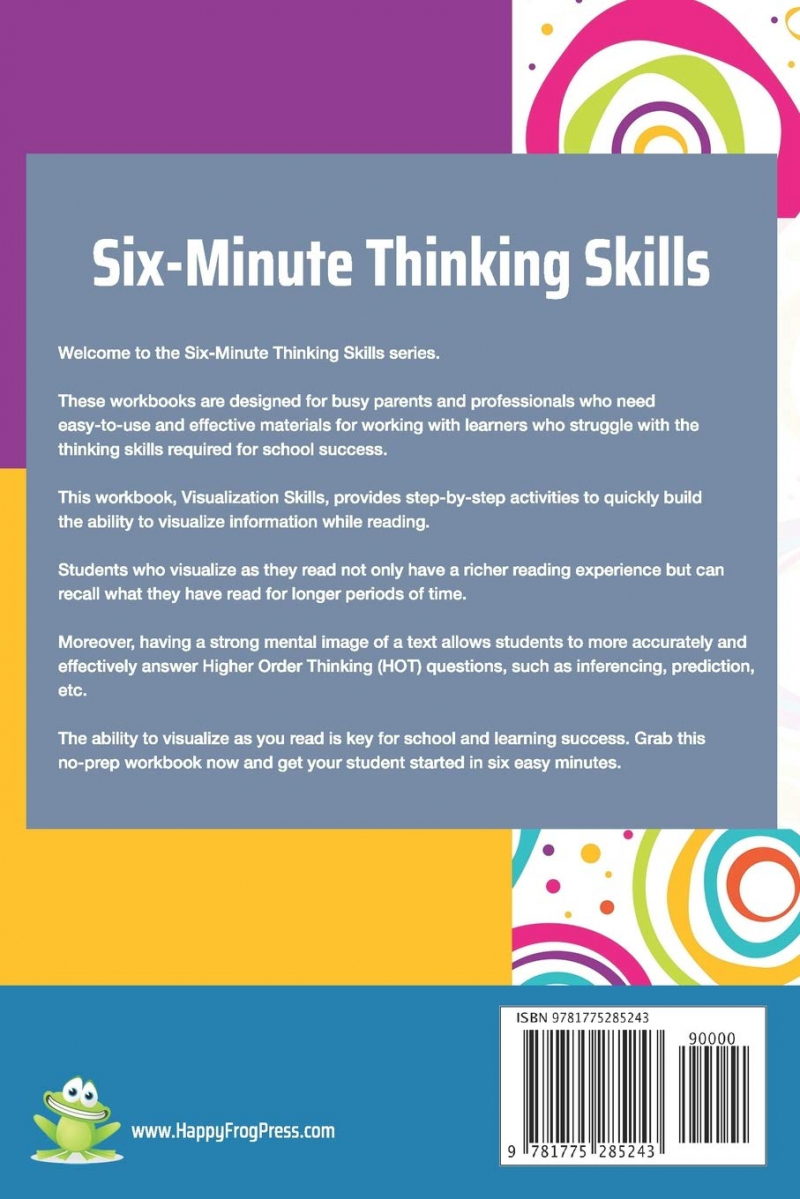
https://www.amazon.com/ -
Essential Reading Skills: Preparation for High School Equivalency Tests teaches students how to identify and break down the key parts of any text in order to better understand the author's meaning and purpose. Lessons focus on developing the literacy skills required for college and career-level reading.
Lessons connect new ideas to previously known concepts. Students learn to approach reading tasks efficiently by employing goal-driven reading strategies. Practice questions allow students to put their strategies to the test before checking their work.
Essential Reading Skills: Preparation for High School Equivalency Tests, which is aligned to Common Core and College and Career Readiness Standards, focuses on developing vocabulary skills as well as understanding of central themes, arguments, literary conventions, story structure, and point of view. Texts in science and social studies are presented alongside fiction and nonfiction.
Use the 36 complete lessons to supplement classroom instruction or as a self-study resource. The 380-page book is jam-packed with graphic organizers and helpful visual reminders to help students improve their reading comprehension and prepare for the 2014 GED® test, TASC TestTM, or HiSET® exam.
Subjects covered in this book:
- Reading Strategically: DARE Process, Questioning, Skimming and Scanning texts, Note-Taking and Graphic Organizers, Vocabulary, Inferences and Central Ideas
- Nonfiction Texts: Text Structure and Features, Visual Elements, Author's Purpose, Reading in Science and Social Studies, Tone, Arguments, Claims, Evidence and Fallacies, Persuasive Appeals
- Fiction Texts: Theme and Author's Purpose, Word Choice, Figurative Language Characters, Story Structure and Conflict, Setting, Tone, Genre, and Style, Point of View
The important features:
- 36 complete lessons to supplement classroom instruction or serve as a self-study guide
- Contains graphic organizers and helpful visual reminders to help students improve their reading comprehension.
- Learn practical strategies for various text genres.
- Strategic reading, nonfiction texts, and fiction texts are all covered.
Author: Teresa Perrin
Link to buy: https://www.amazon.com/gp/aw/d/1940532019/
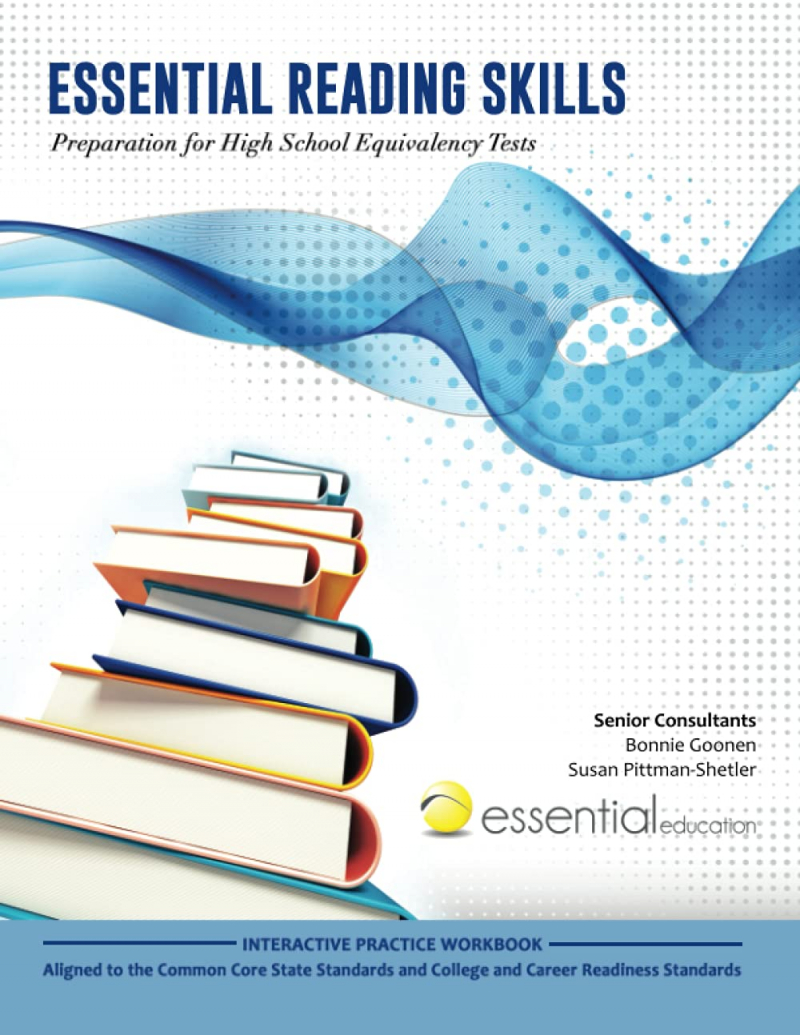
amazon.in 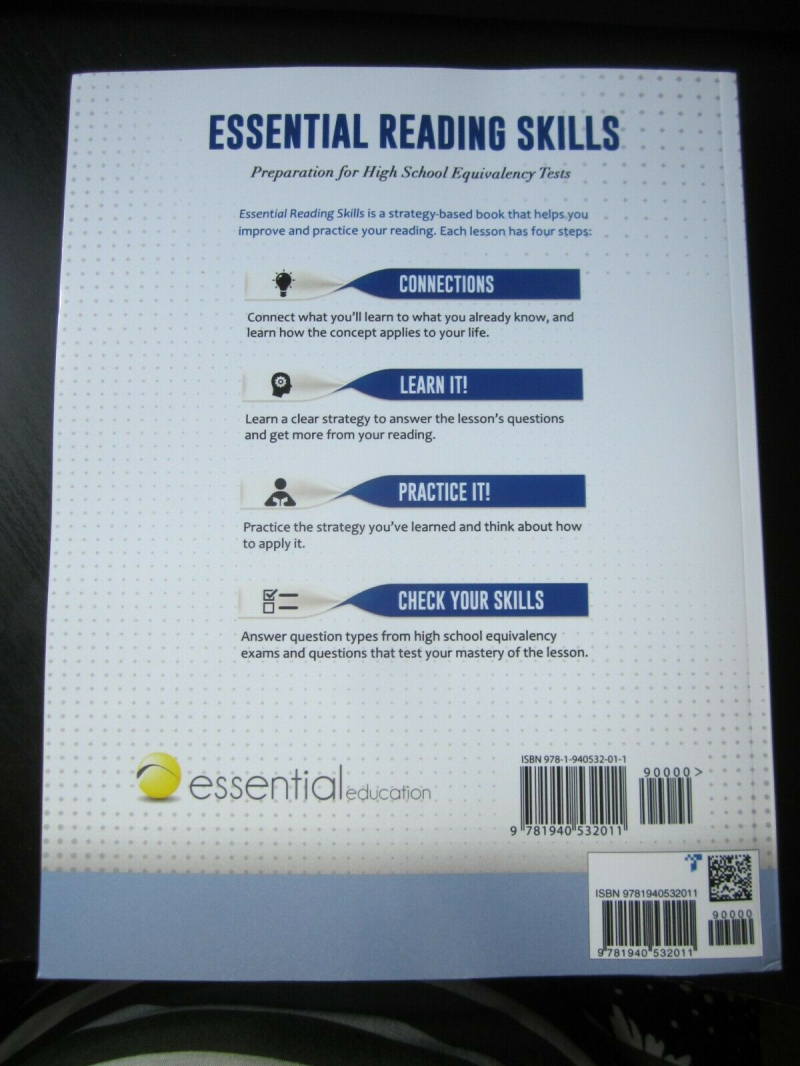
ebay.com -
Trevor Bryan introduces his signature method for improving students' understanding and thinking about both written and visual texts in The Art of Comprehension. You can encourage all of your students to become active explorers and meaning-makers by using three tools: the Access Lenses, the Framework, and the Mood Structures.
Table of Contents:
- Looking at the Familiar
- The Access Lenses
- The Framework
- The Mood Structures
- Reading Written Texts Through AoC
- Writing Through AoC
The important features:
- Find creative ways to prompt students to notice, consider, and synthesize visuals—using the same observation and comprehension skills they can use in reading and writing.
- Learn how to decipher meaning layers in picture books, chapter books, artwork, poetry, and informational text.
- Explore the book's eclectic collection of art and illustration by acclaimed illustrator Peter H. Reynolds, as well as 19th-century masters and others.
- Discover "access lenses" (such as faces, body language, and sound/silence), which encourage students to become active explorers and meaning-makers.
Author: Trevor Andrew Bryan
Link to buy: https://www.amazon.com/Art-Comprehension-Exploring-Conversation-Confidence/dp/1625311680/
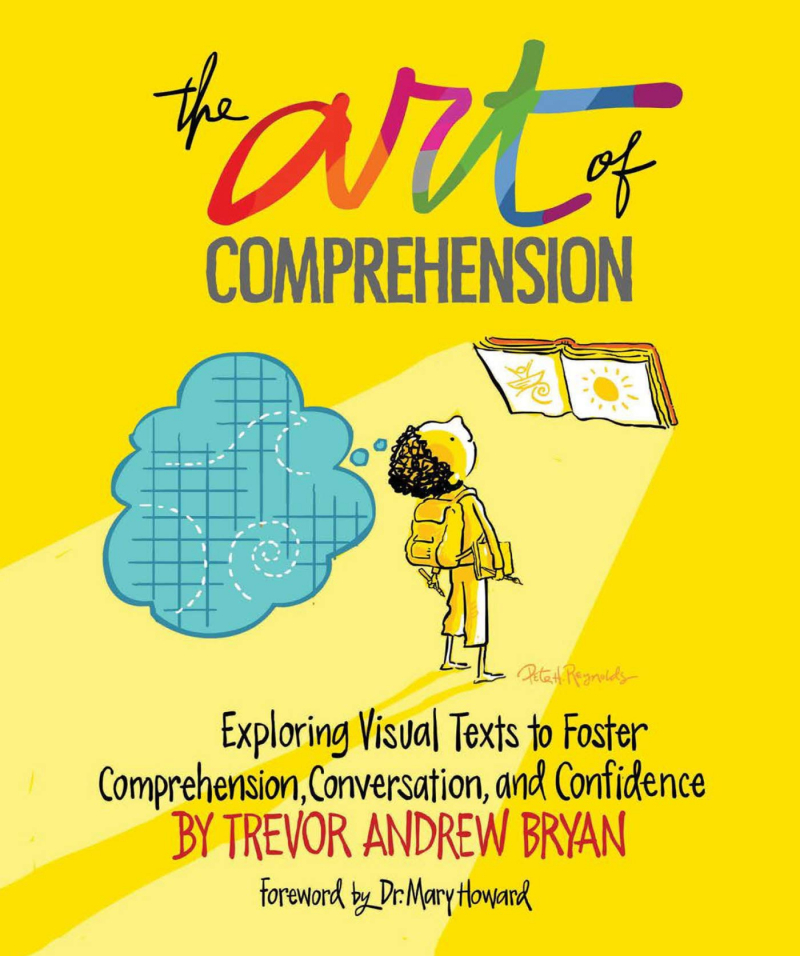
https://www.amazon.com/ 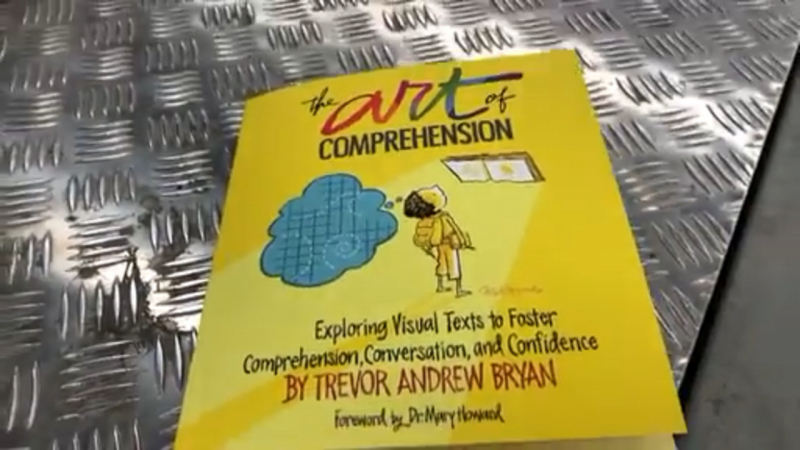
stenhouse.com -
I Read It, but I Don't Get It: Comprehension Strategies for Adolescent Readers is a practical and engaging account of how teachers can assist adolescents in developing new reading comprehension skills. Cris Tovani is an accomplished teacher and staff developer who writes with vigor and wit about the difficulties of working with students at all levels of achievement, from those who have mastered the art of "fake reading" to college-bound juniors and seniors who struggle with the different demands of content-area textbooks and novels.
Enter Tovani's classroom, where students are constantly learning new ways to approach difficult text. You will be guided through practical, theory-based reading instruction that can be applied to any subject area.
The important features:
- Considerable discussion of current theories of comprehension instruction and how they can be adapted for use with adolescents.
- Each of the last seven chapters includes a What Works section with simple ideas you can implement right away.
- Teaching ideas and tips for struggling readers, as well as proficient and advanced readers.
- Appendices containing reproducible materials for use in the classroom, such as coding sheets, double-entry diaries, and comprehension constructors.
This book will assist teachers who want to incorporate comprehension instruction into their daily lesson plans without sacrificing content knowledge at a time when students require increasingly sophisticated reading skills.
Author: Cris Tovani
Link to buy: https://www.amazon.com/Read-but-Dont-Get-Comprehension/dp/157110089X/
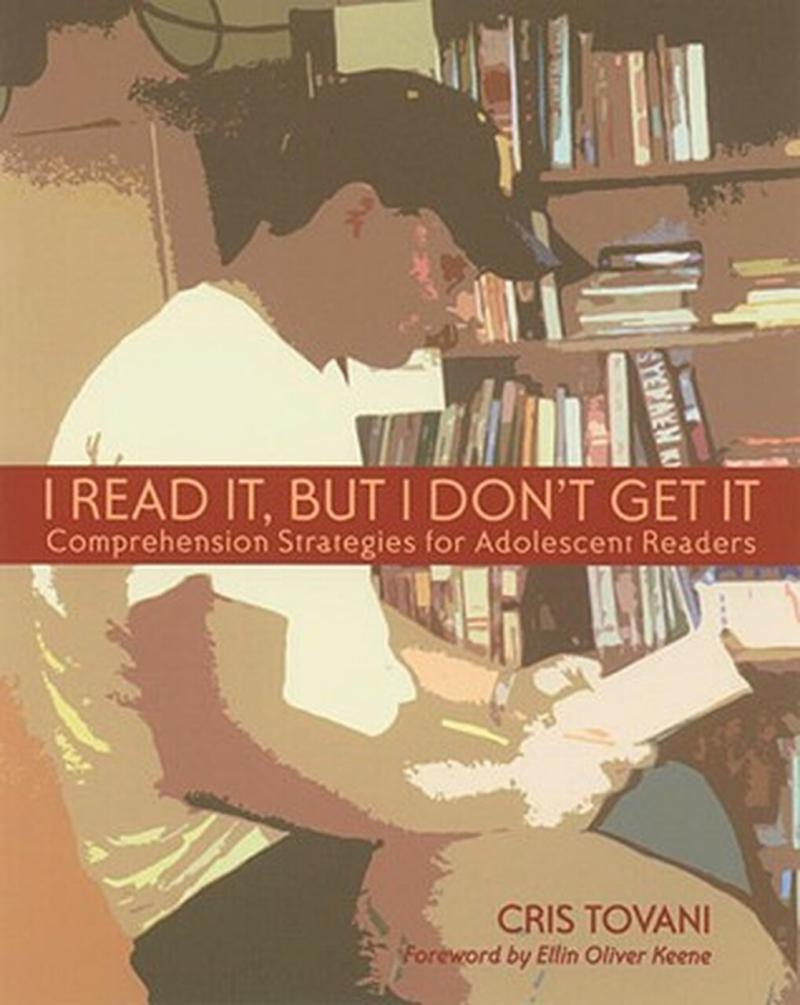
school.nelson.com 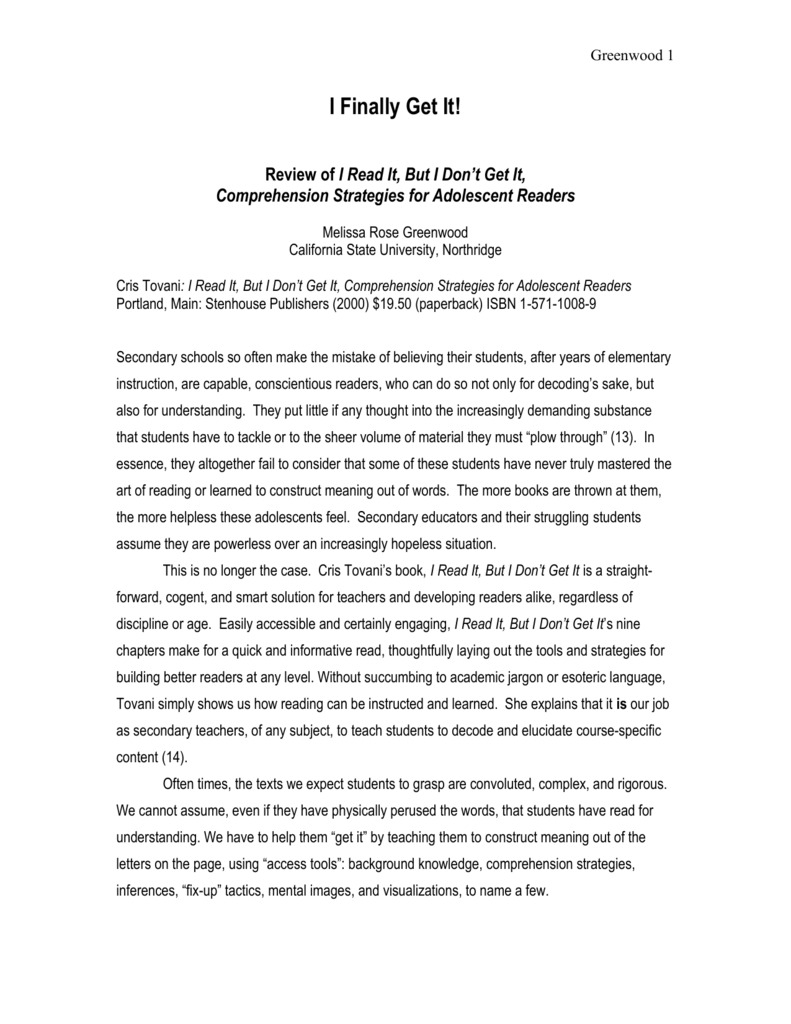
studylib.net -
Comprehension is a critical component of reading success, but most teachers are not taught how to provide structured comprehension instruction in their classrooms. This groundbreaking professional resource from Nancy Hennessy, former IDA President and reading comprehension expert, will provide K–8 teachers with the guidance they require. The Reading Comprehension Blueprint: Helping Students Make Meaning from Text provides a clear blueprint for understanding the complexities of reading comprehension and delivering high-quality, evidence-based instruction that helps students construct meaning from challenging texts. It is meticulously researched and masterfully organized.
The Reading Comprehension Blueprint: Helping Students Make Meaning from Text, which is aligned with the science of reading and the IDA's Structured Literacy approach, is a must-have for in-service educators and an excellent supplement to core literacy textbooks. Today's teachers will gain the necessary knowledge and practical tools to help every student become a proficient reader—and to lay a solid foundation for academic success.
Educators will:
- Learn essential background information: This book, which synthesizes decades of research on reading comprehension, provides educators with all of the fundamentals they need to teach this critical component of reading proficiency.
- Master the blueprint: Teachers will receive a comprehensive framework for organizing instruction that is aligned with Scarborough's Reading Rope's language comprehension strands. Each aspect of reading comprehension is covered in detail, including vocabulary, syntax and sentence comprehension, text structures, background knowledge, and levels of understanding and inference.
- Make it work in the classroom: Educators will find useful tools and guidance for planning units and lessons, adapting to the needs of individual students, and assessing student progress. (An interactive book study guide makes this book ideal for professional development.)
- Practical materials: Teachers will receive classroom activities, sample lesson plans, and questions to help them reflect on and strengthen their practices in order to help them apply the science of reading comprehension and design high-quality instruction. Photocopyable teaching resources, such as unit and lesson plan organizers, can be used repeatedly in the classroom.
The important features:
- Utilize decades of reading comprehension research to gain critical background knowledge.
- Teachers will receive a comprehensive framework for organizing instruction that is aligned with the language comprehension strands of Scarborough's Reading Rope.
- Each aspect of reading comprehension is covered in detail, including vocabulary, syntax, and sentence comprehension.
- Learn everything there is to know about text structures, background knowledge, and levels of comprehension and inference.
Author: Nancy Hennessy
Link to buy: https://www.amazon.com/Reading-Comprehension-Blueprint-Helping-Students/dp/1681254034/
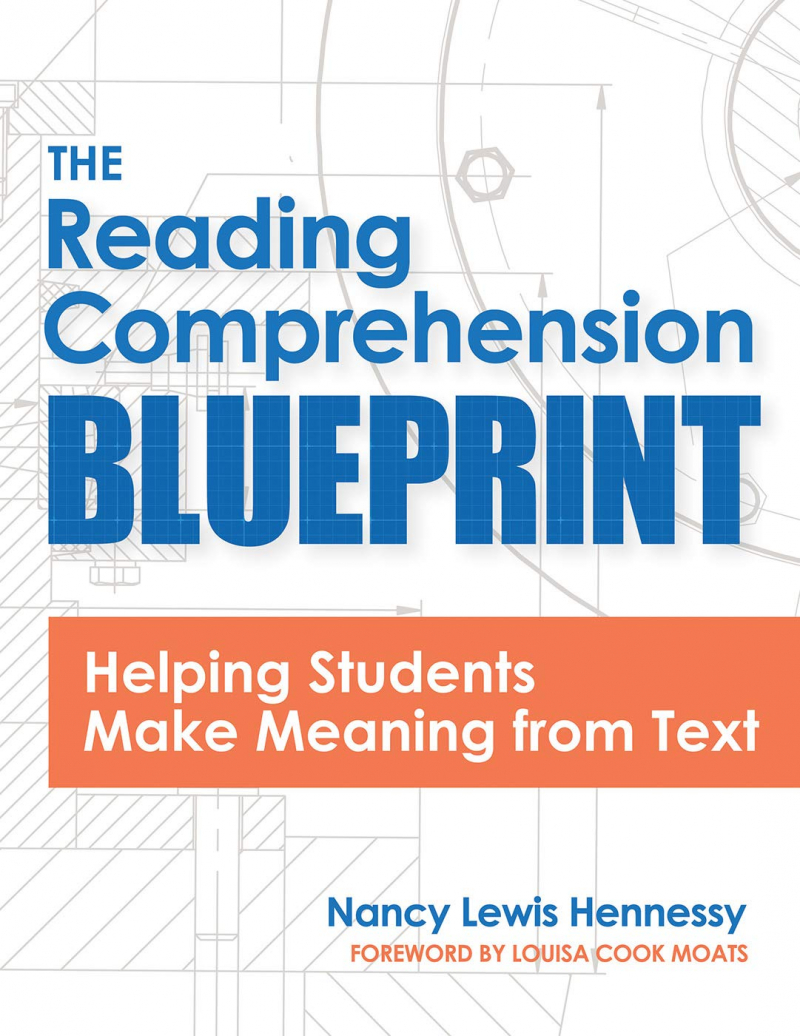
amazon.com.au 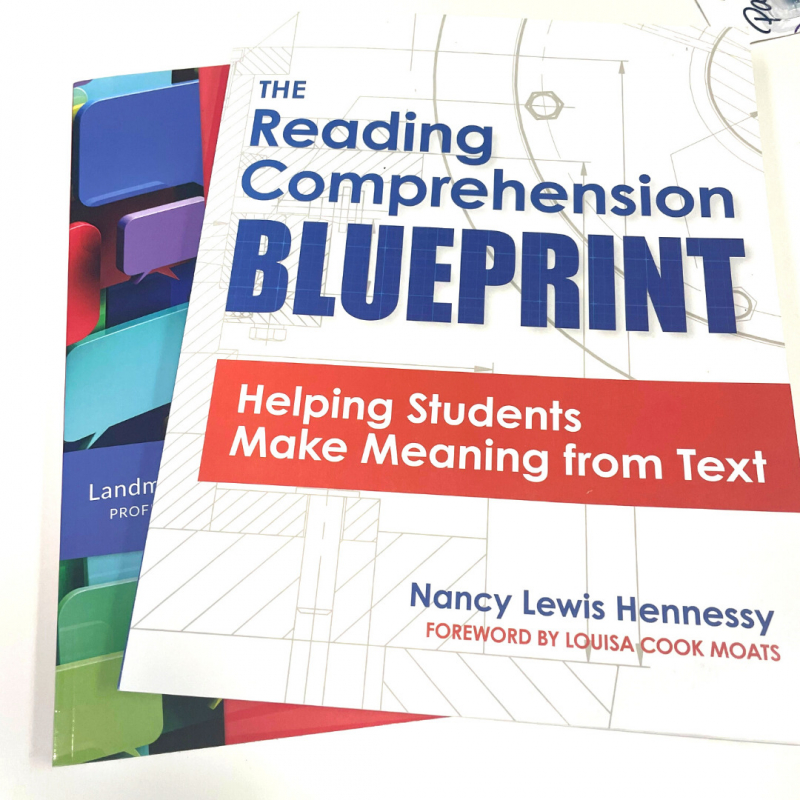
ascendlearningcenter.com - Learn essential background information: This book, which synthesizes decades of research on reading comprehension, provides educators with all of the fundamentals they need to teach this critical component of reading proficiency.
-
Reading Development and Difficulties: Bridging the Gap Between Research and Practice provides an overview of current research on the development of reading skills, as well as practices to help educational professionals assess, prevent, and intervene with students who have reading difficulties. The book discusses the Componential Model of Reading (CMR) and offers assessment methods, instructional recommendations, and application models. It identifies specific cognitive, psychological, and environmental deficits that contribute to poor reading skills, allowing educators to accurately identify student issues and design and implement appropriate interventions. Methods for assessing problems in decoding, word and sound recognition, and comprehension are covered in the chapters. Furthermore, chapters emphasize student individuality as readers and learners, ranging from understanding distinctions between difficulties and disabilities to the effects of first-language orthography on second-language learning.
The important features:
- Learning language structure at the word level.
- Reading comprehension and difficulties with reading comprehension
- Reading assessment in second language learners
- Effective word-level reading difficulty prevention and intervention.
- The neurobiology of developmental dyslexia.
Reading Development and Difficulties is an essential resource for researchers, practitioners, and graduate students working in a variety of fields such as child and school psychology, assessment, testing, and evaluation, social work, and special education. The book is regarded as one of the best books on reading comprehension.
Author: David A. Kilpatrick, R. Malatesha Joshi and Richard K. Wagner
Link to buy: https://www.amazon.com/Reading-Development-Difficulties-Bridging-Research/dp/3030265528/
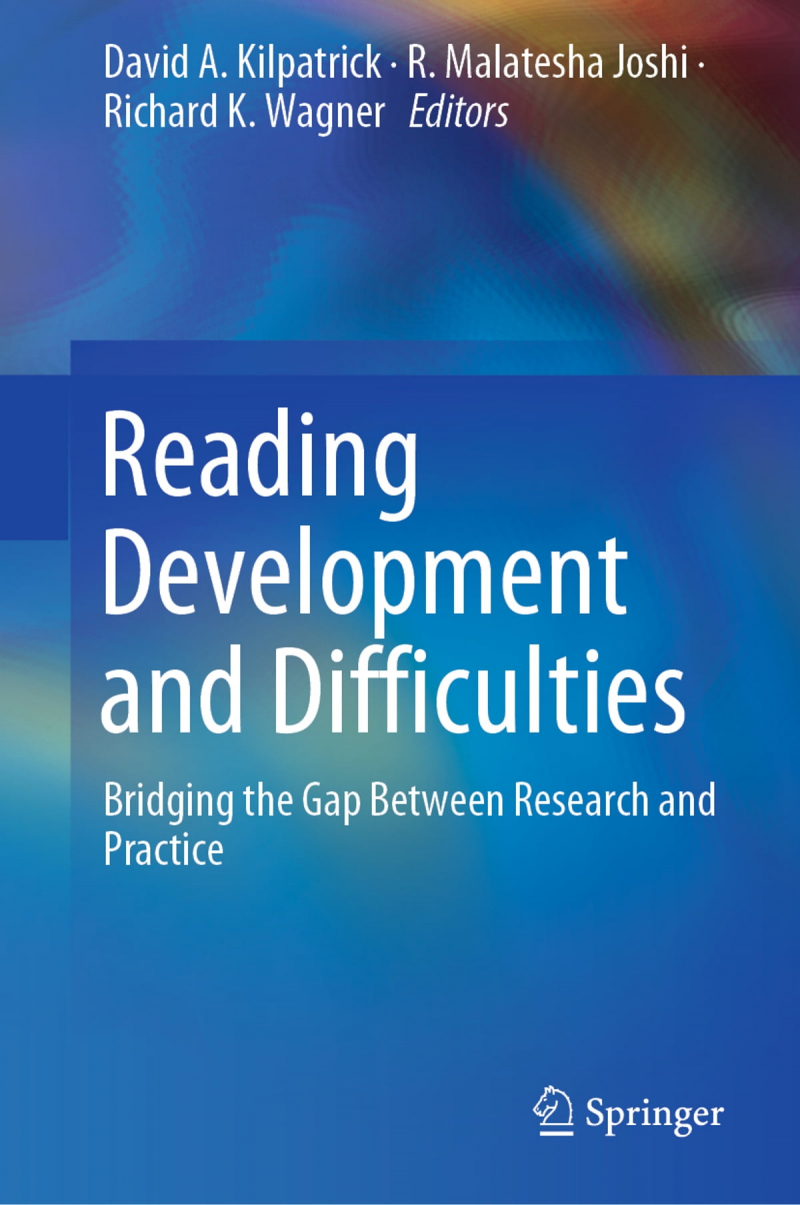
kobo.com 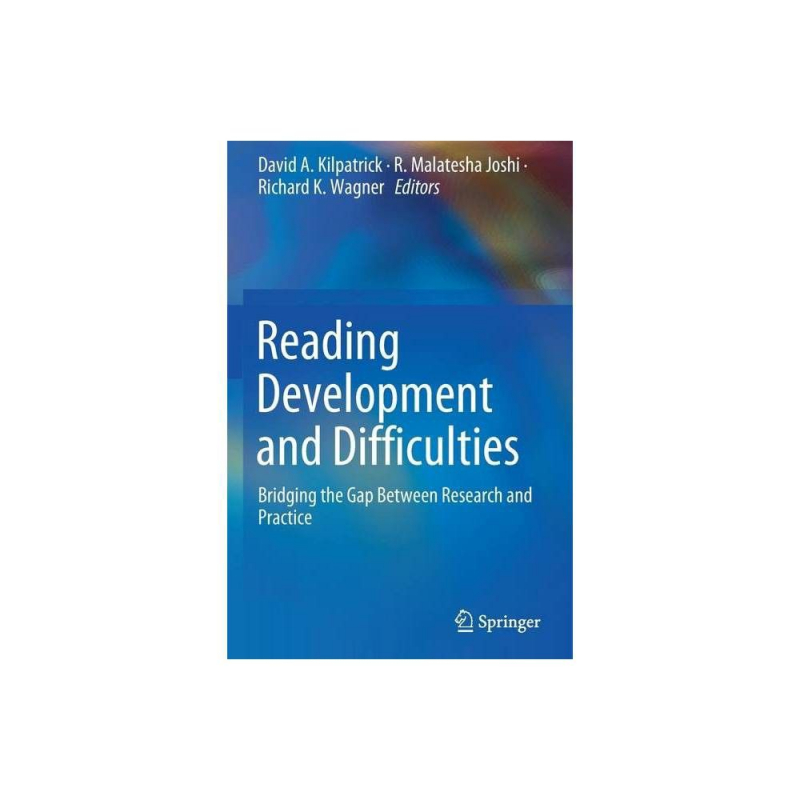
pinterest.com












